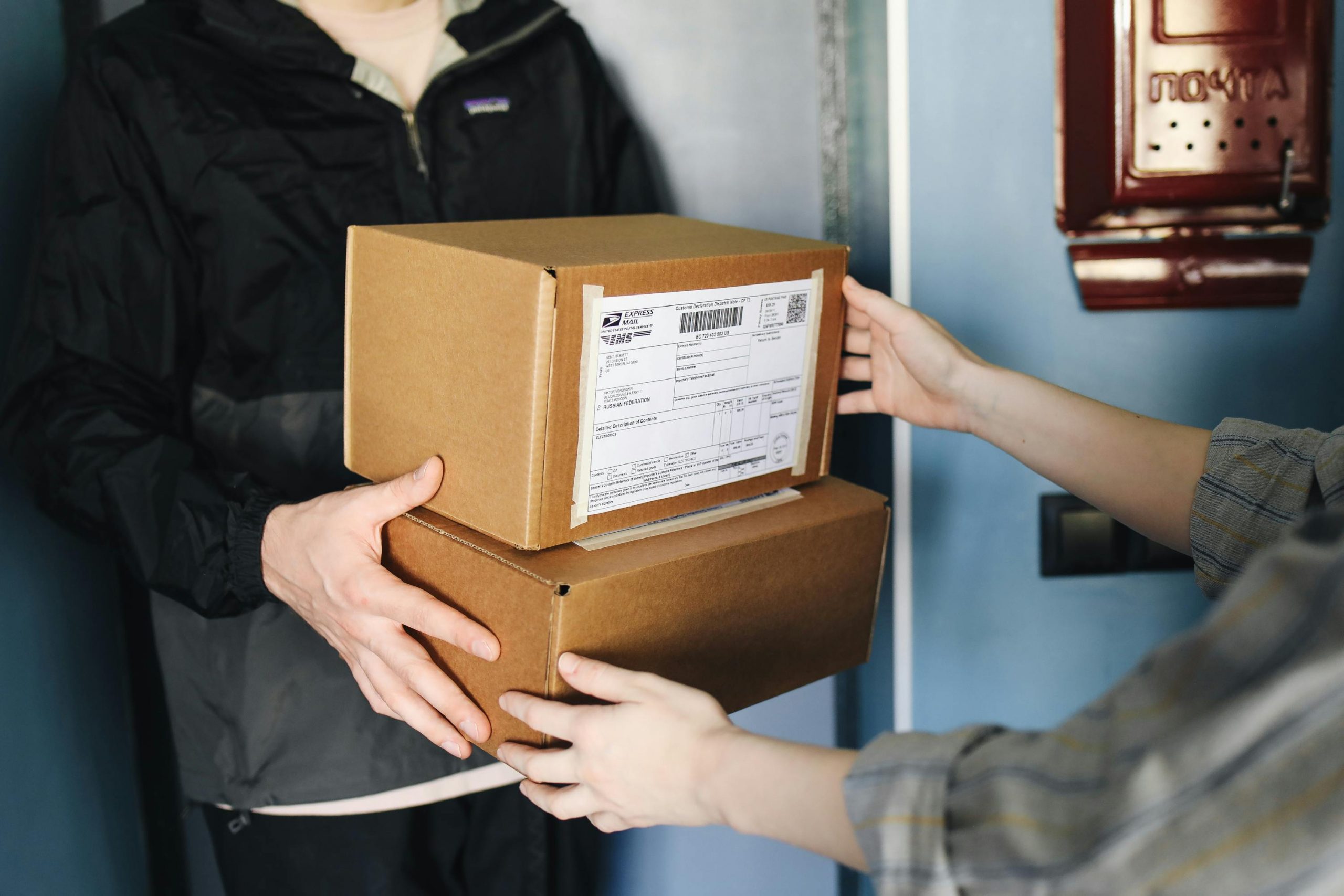Business
Post Office 2.0? SAPO Eyes Courier Market Comeback with R3.8 Billion Gamble

South Africa’s beleaguered Post Office wants a piece of the booming courier pie, but its ambitious plans ride on billions in bailouts and big promises.
Once the default for letters and packages across the country, the South African Post Office (SAPO) is betting big on a courier and e-commerce comeback. In a bold new strategic plan tabled in Parliament, SAPO revealed it hopes to grow its total revenue from R1.9 billion in 2024 to R5.2 billion by 2029, largely by expanding into the fiercely competitive courier market.
But there’s a hitch or rather, a massive R3.8 billion catch. That’s the amount SAPO says it still needs to fully execute its turnaround.
The Courier Ambition: From R38 Million to R1.4 Billion
SAPO’s new strategy pivots away from its declining bread-and-butter — registered letters and franking services — and towards the parcels, couriers, and digital services sector.
The plan? Capture:
-
5% of South Africa’s B2B and B2C delivery market
-
25% of the Consumer-to-Consumer (C2C) courier market
-
Massive growth in international mail and parcel volumes — projected at 50%
In short, SAPO wants to grow its courier and parcel income from just R38 million in 2024 to R1.4 billion by 2029, nearly 37x growth.
It’s a big leap for a company currently projecting a R1.03 billion loss this year.
But how realistic is this dream?
Public Trust vs Private Agility
Let’s face it for many South Africans, the Post Office is no longer the go-to for reliable deliveries. After years of operational decline, mail delays, branch closures, and even lost packages, public confidence in SAPO has plummeted.
Meanwhile, private players like Takealot, Courier Guy, Aramex, and delivery services tied to e-commerce apps like Mr D and Uber Eats have built strong reputations for speed, flexibility, and convenience.
Adding to the challenge: many of these platforms own their logistics infrastructure, and they move fast. SAPO, on the other hand, admits it’s still battling outdated systems, high operating costs, and skills shortages.
The State-Owned Trump Card
Yet, SAPO isn’t without advantages. It has:
-
Exclusive rights to deliver packages under 1kg, a crucial edge in e-commerce and rural areas.
-
A national network that reaches remote locations where private firms don’t operate.
-
Strong political backing, especially under the current government’s push to keep state-owned entities (SOEs) afloat.
The rollout of AARTO the Administrative Adjudication of Road Traffic Offences system — could also generate new mailing revenues, since legal notices and traffic fine correspondence must be officially delivered.
Business Rescue and a Bailout Lifeline
After narrowly avoiding liquidation in 2023, SAPO entered business rescue. Over 4,300 staff were retrenched, and more than 360 branches were closed. A R2.4 billion bailout followed, helping to modernise its vehicle fleet, replace old equipment, and start digitising operations.
But it wasn’t enough.
To finish the job, SAPO now needs an additional R3.8 billion, plus full buy-in from other state agencies. Without it, even its most promising initiatives remain grounded.
Strategic Shift or Political Fantasy?
SAPO’s new business model includes deeper integration with other SOEs, a big digital push, and carving out a niche in last-mile logistics especially in underserved areas.
But many critics remain sceptical. While SAPO talks of profitability by 2028 and R1.5 billion in profit by 2029, the road to recovery is littered with past failures.
And let’s be real: the market has moved on.
The real question is can SAPO transform fast enough to remain relevant, or is it clinging to a vision that belongs to another era?
What It Means for You
If SAPO delivers (pun intended), it could mean:
-
Cheaper courier options for small businesses and rural customers
-
Greater delivery access in remote areas
-
More competition in the e-commerce logistics space
But if it fails to secure funding or overcome its operational bottlenecks, South Africans may see more taxpayer bailouts and few real improvements.
The Post Office wants to become a courier powerhouse. But first, it needs to prove it can deliver, literally and financially.
{Source: BusinessTech}
Follow Joburg ETC on Facebook, Twitter , TikTok and Instagram
For more News in Johannesburg, visit joburgetc.com


























